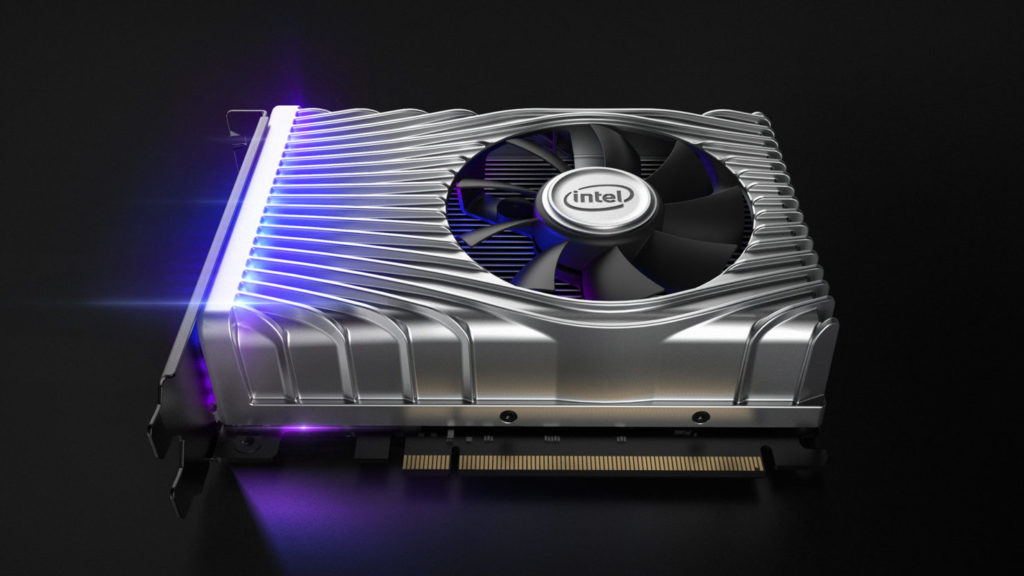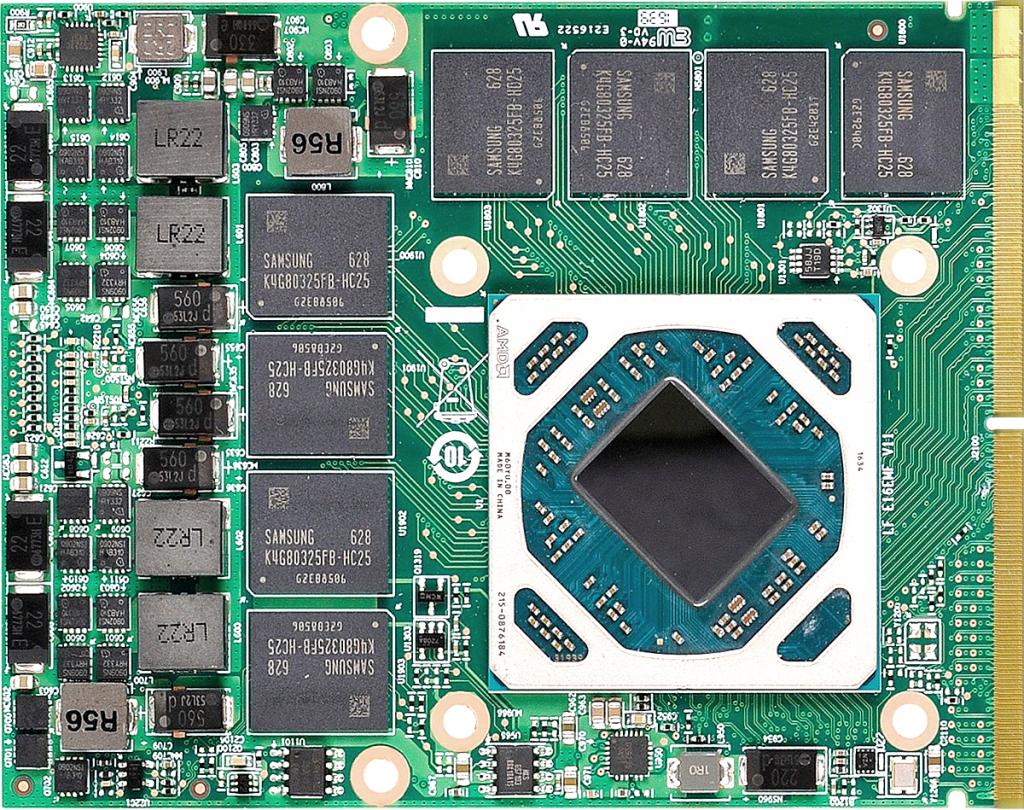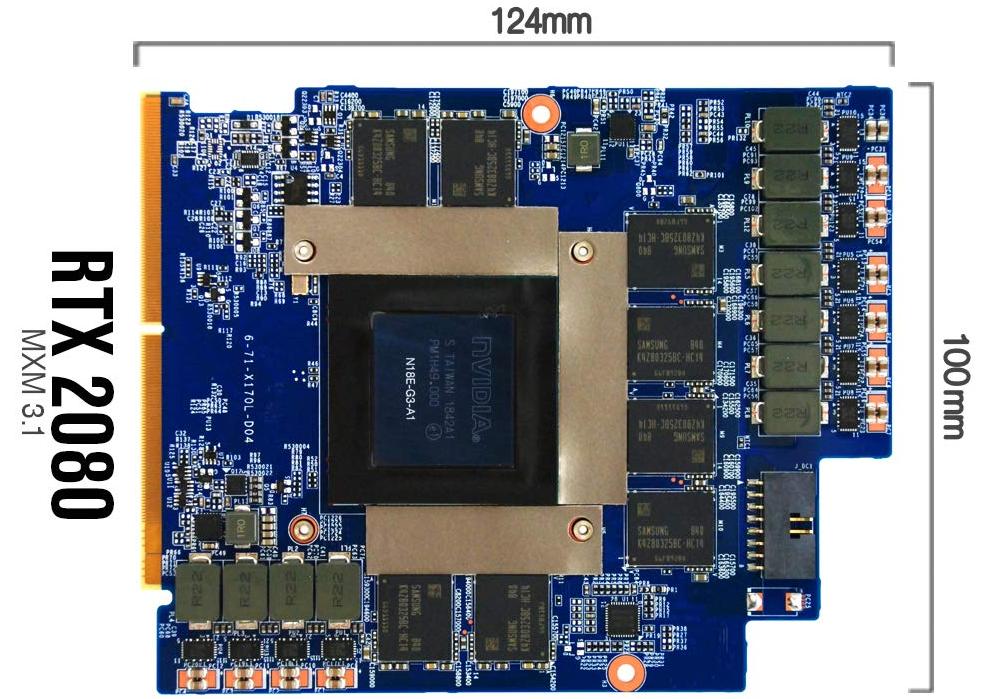In 2004, Nvidia introduced MXM as the first open standard for interchangeable graphics solutions in the mobile sector. But even though we have now arrived in 2020 and version 3.1, it is mainly the manufacturers themselves who are increasingly emphatically refusing to replace graphics modules in such an easy way. Of course, it's difficult to combine new technologies like Dynamic Boost (Nvidia) or SmartShift (AMD) across platforms, but it could be. You just have to want to. And that's where it gets difficult and opaque.
But what makes MXM so interesting? On the one hand, an overarching standard enables notebook manufacturing to create flexible designs in which the graphic solutions can be varied almost at will, which could certainly save costs. It allows the customer to easily upgrade or retrofit or switching from AMD to Nvidia or vice versa, which would also be a huge cost brake. And now? Find the error!
The chip manufacturers, especially Nvidia as a champion of their own Q-Max design, now see this much more stubbornly. But I'll get to that in a while. Notebook manufacturers are also losing out, along with chip manufacturers. While the processors have mostly made only marginal leaps in performance in recent years, it is usually the graphics chips that decide on the renewal of notebook technology. Note: nothing is more useless than yesterday's newspaper.
While the customer could simply assemble his upgrade components from the shelf, there is no need to buy a new laptop. And that is what chip manufacturers and notebook manufacturers are likely to care less about. And where would you go if you could stand a flexible eGPU next to the laptop with cheap small cases and MXM cards in the office and then upgrade it and share it with colleagues? A nose, a laptop. That's how business works today, unfortunately.
Most of the shops that have sold MXM modules are no longer available (remember, for example, Upgrade Monkey), which does not exactly lead to the pleasure of the users. But without new offers and cards, it just won't be anything. Everything could have been so beautiful…

Intel? You probably won't get in at all
Now I just start from behind and at Intel. With Tiger Lake you are preparing for the new Xe graphics and you are still relying on a potent iGPU. Let them, of course, be allowed to do so with all their heart. But a DG1 as an MXM module and thus also as a flexible solution for plugging (otherwise) plugged would actually be an ideal rail for the commercial orientation of the DG1! Really? Of course, I have anonymized, summarized and also shortened the statements of the OEM/ODM, but they hit the heart of the matter very clearly from the point of view of the OEM/ODM.
- Intel's first dedicated graphics card is primarily designed for the highly specialized enterprise space, which naturally raises questions.
- Based on very good contacts with Intel, since Intel's announcement of its entry into the dedicated graphics card segment, THE OEM/ODM has repeatedly pushed for MXM standard support and extensive compatibility with NVIDIA's high-end technical requirements profile.
- It would also be the ideal bridgehead into the mobile sector to bring a well-mixed, cash-rich target group to Intel's new toolchain.
- But given that DG1 graphics technology must also be used as an integrated graphics in the upcoming ULV generation 'Tiger Lake', and given Intel's tendency in recent years to create its own, tailor-made and trademark-protected standards … for MXM support of dedicated Intel graphics in the next few years, there is little hope
This is certainly a pity, but the trend towards more and more integrated and proprietary solutions will probably also prevent this highly interesting option.

Amd? Die slowly, part 6
One might think that at least AMD is interested in the MXM business, which has already been produced as ATI and later AMD. However, after the acquisition of ATI, AMD had begun to interpret some parts of the standard very broadly and no longer exactly adhere to the specifications, which at least made it difficult to exchange them directly with Nvidia modules. An example of many is the HDMI standard, which then led to incompatibilities with different external usage and also reassignments on the contacts.
But for more than seven years, death has begun here, too, which is also based on prejudice. The following extract of manufacturer statements from notebook manufacturers is exemplary when it comes to interpreting prejudices and actual support issues. And this is by no means an isolated example, but represents the entire industry. Summary pleasing? Here she is:
- There are currently no dedicated AMD graphics cards in our laptops.
- NVIDIA still has an excellent performance-to-power ratio.
- We acknowledge that some customers would still prefer an AMD graphics card (out of brand affinity or because of AMD's open Linux graphics drivers).
- Lack of amD support and its toolchains unfortunately prevent the necessary investment in development costs for AMD graphics in the laptop at this time.
- MXM is a very shaky standard anyway.
- As far as we know, AMD does not even have an MXM reference layout for current AMD mobile chips.
- Given AMD's market strategy, which focuses primarily on the price-sensitive mass market (notebooks with integrated graphics or ULV CPU) or scaling by extremely large global partners (Apple MacBooks, Microsoft XBox, PlayStation 4) for high integration (embedded, mobile) solutions, we believe the opportunities for integrating AMD MXM graphics cards look relatively slim for the foreseeable future.
The summary of Intel (and later NVIDIA) is also true here, preferring to do something of your own or to allow it to amount to embedded solutions, in order to cover the entire ecosystem as far as possible and to earn fully when the hardware is renewed, instead of just with components and modules.

NVIDIA has Q-Max. Is it enough, isn't it?
At least since Turing there are hardly any MXM modules with NVIDIA chips and it is also becoming more and more difficult for board partners to get something like this licensed and approved at all. One of the last shops that can at least still offer Quadro-P solutions is Aetina. But even that will die, my hand on it. And yet here, too, the song began four years ago with Pascal when it comes to mobile architecture. Then the famous M was removed from the nomenclature of the chips, which had marked the mobile insert and instead started to establish Max-Q as a new standard.
From the very beginning, the reasoning revolved around efficiency and performance, the perfect balancing that only Max-Q can offer, and in the end the statement that mxM no longer offers a promising standard. But there are other reasons. The missing M implies the same performance of one, let's call it GeForce RTX 2080 (see above) as the desktop counterpart. But it is precisely the cuts that are supposed to lead to more efficiency (and for notebooks they must) reduce performance to the level of an RTX 2070. So almost like with M, just not so obvious.
With the effectively open MXM modules, the board partners are given much more freedom, Max-Q is closed and very strongly and restrictively regulated. This can also be seen positively, but not only. Because it is an extremely tightly woven network between hardware, software and necessary design moves in the notebook. Here, a massively reduced TDP (i.e. much closer to the actual sweet spot of the GPU) meets the much-anticipated consequences such as simpler cooling and the associated lower noise in the cooling system.
As far as I know, the licensing of MXM modules has already died with the introduction of the super iteration of Nvidia's Pascal. It's a pity, because you could have built graphics modules with full TDP. But something like this quickly leads to cannibalization and something like an eGPU next to an Intel or AMD notebook doesn't really want to see.
Summary and conclusion
































Kommentieren